If you ever find yourself wandering the shores of New Zealand’s South Island, you might stumble upon a place where the land seems to whisper its own story. The Ōnawe Peninsula, jutting dramatically into the blue waters of Akaroa Harbour, is not just a geological marvel—it is a silent witness to human tragedy, resilience, and the enduring power of sacred memory. Imagine standing on this ancient volcanic landform, feeling the weight of centuries pressed into the earth beneath your feet. The wind carries echoes of both celebration and sorrow, and the landscape invites us to look deeper, beyond its breathtaking beauty, into the complexities of its past.
The Dramatic Landscape of Ōnawe Peninsula
The Ōnawe Peninsula is a striking finger of land reaching into the heart of Akaroa Harbour. It was formed thousands of years ago by volcanic activity, with steep, rugged cliffs rising straight from the waters. The peninsula is covered in lush native bush, and its rocky outcrops are home to rare birds and unique plants. Walking along its narrow spine, visitors can see the harbor’s turquoise waters on both sides, making it feel like a bridge between worlds. The geology here tells a story of fire and upheaval, as volcanic forces shaped the land into its present form. Scientists often marvel at how these ancient eruptions sculpted the peninsula’s unique features. The landscape is not only visually stunning but also offers a living classroom for students of earth science and ecology.
The Māori Connection: A Sacred Place
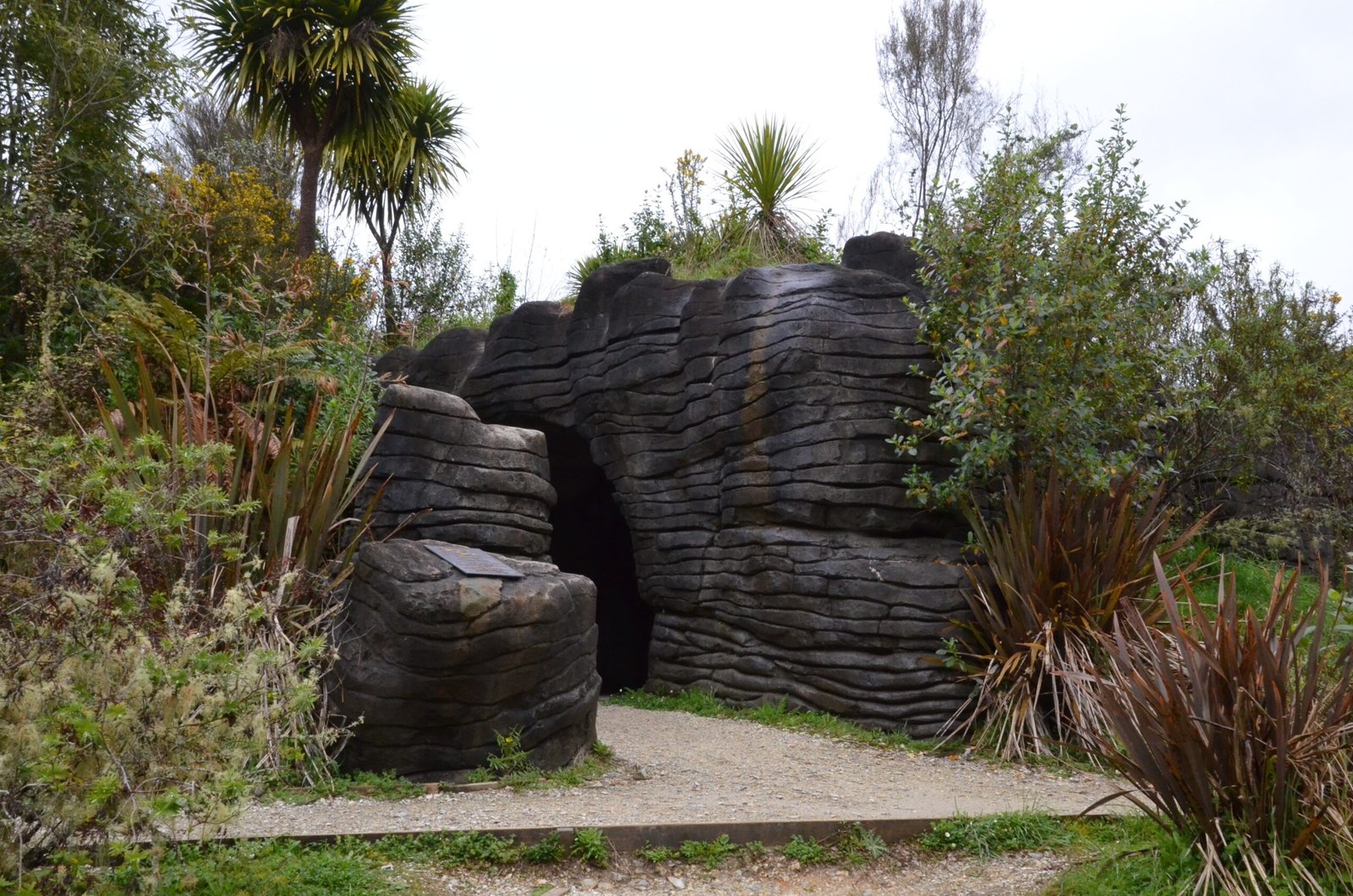
Long before European settlers arrived, Ōnawe was a significant site for local Māori, especially Ngāi Tahu, the principal iwi of the South Island. They recognized the land’s spiritual energy, considering it a wāhi tapu—a sacred place—where ancestors gathered and tribal stories were born. The peninsula’s shape, which some say resembles a fishhook, ties into Māori mythology and symbolizes abundance and connection to the sea. For centuries, whānau (families) lived, fished, and celebrated important rituals here. The land became a treasured stronghold, a place of gathering during times of peace and a fortress in times of conflict. Today, descendants of those early inhabitants still feel a deep connection to Ōnawe, returning for commemorations and to teach new generations about its importance.
The Tragedy of 1831: A Dark Chapter
One of the most heartbreaking episodes in Ōnawe’s history occurred in 1831. During this time, the fearsome Ngāti Toa chief, Te Rauparaha, led a devastating raid on the peninsula. Seeking control over the region and its resources, his warriors besieged the Ngāi Tahu pā (fortified village) at Ōnawe. The attack was brutal and swift. Hundreds of Ngāi Tahu men, women, and children lost their lives or were taken captive. Survivors described the day as one of unimaginable horror, forever staining the land with grief. Even today, the tragedy is remembered in stories and songs, and the peninsula stands as a powerful reminder of the cost of conflict. The sense of loss lingers, making the site a place of mourning as well as remembrance.
Cultural Healing and Remembrance
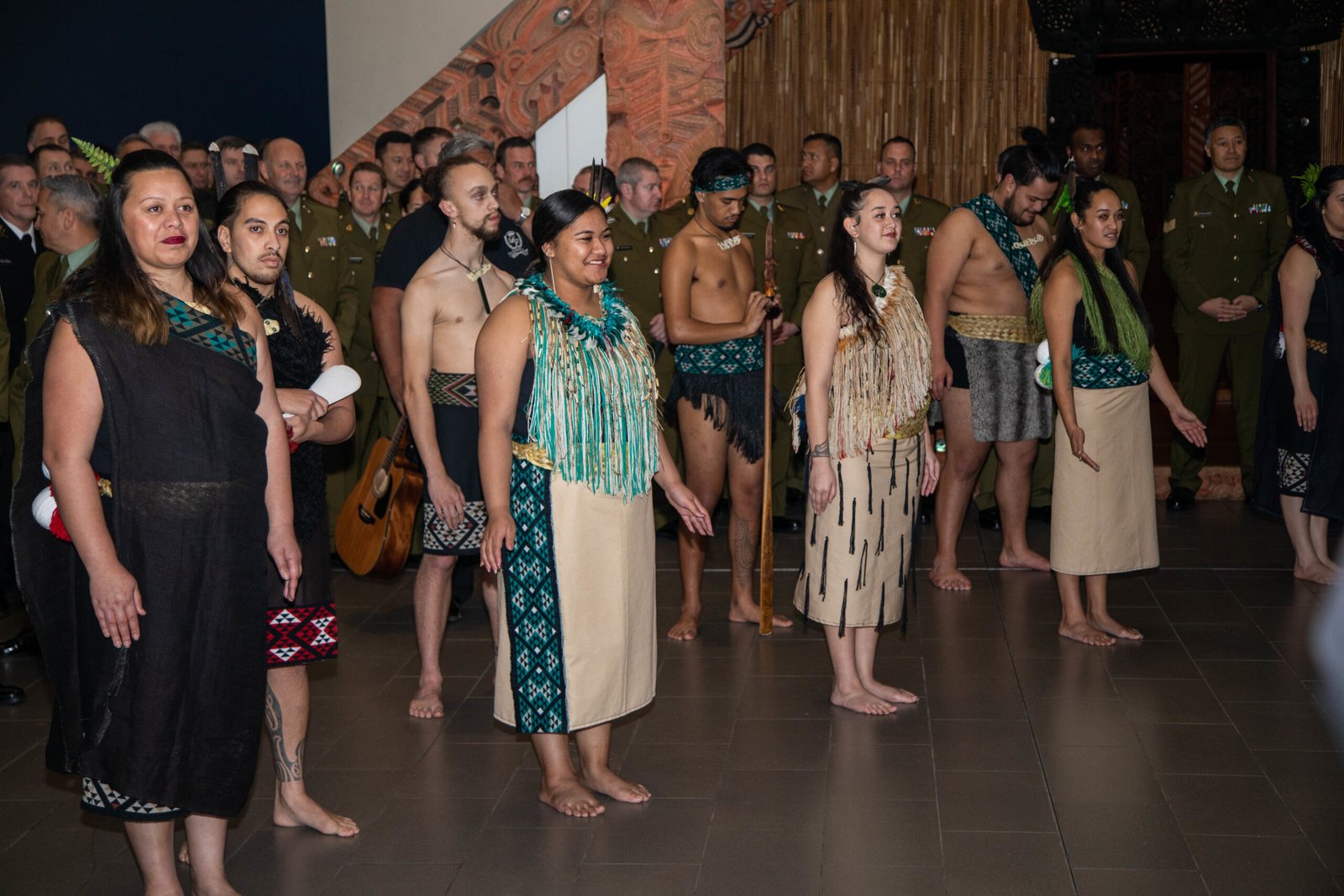
Despite its tragic past, Ōnawe has become a place for healing and reflection. Descendants of those who suffered return each year to honor their ancestors with karakia (prayers), waiata (songs), and quiet remembrance. These gatherings are powerful, blending grief with hope, and creating a sense of unity among the iwi. The site is protected as sacred ground, with visitors encouraged to respect its history and tread lightly. Cultural markers and signs now help tell the story to newcomers, so the lessons of the past are not forgotten. In this way, the land serves as both a memorial and a bridge—connecting old wounds with the promise of reconciliation.
Geological Marvel: A Volcanic Masterpiece
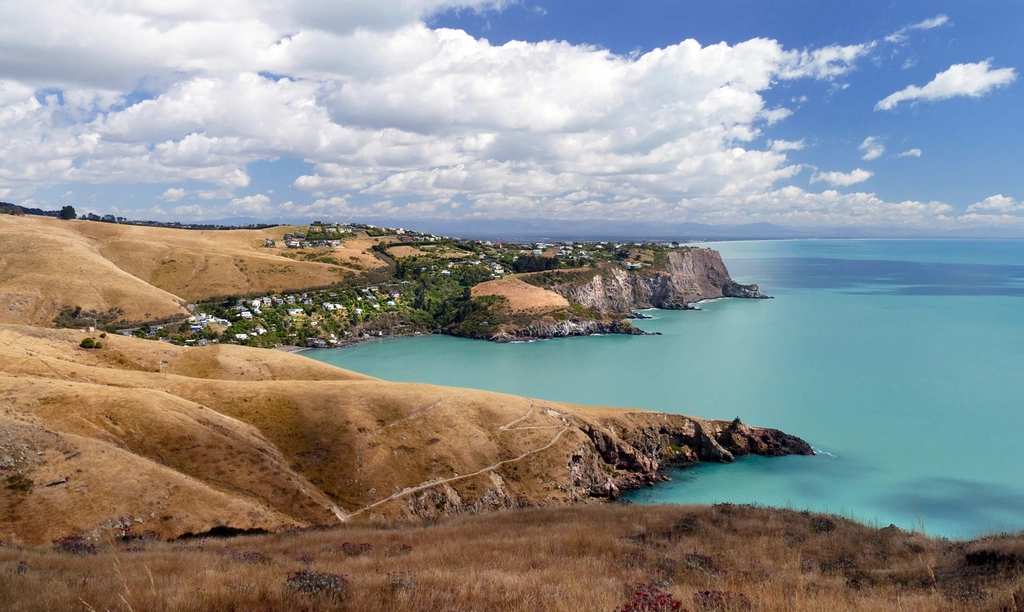
Scientifically, Ōnawe is a treasure trove for geologists. The peninsula is part of the larger Banks Peninsula, which itself is a remnant of ancient volcanic activity. Lava flows and ash layers can be seen in the cliffs, and the rocky soil nurtures unique plant life found nowhere else. The land’s formation dates back about eight million years, making it one of the oldest features in the region. Researchers study its rock layers to piece together the history of New Zealand’s turbulent geological past. The peninsula’s volcanic origins are not just a scientific curiosity—they help explain the richness of the surrounding ecosystem, from fertile soils to the sheltered harbor that supports diverse marine life.
Flora and Fauna: Nature’s Resilience
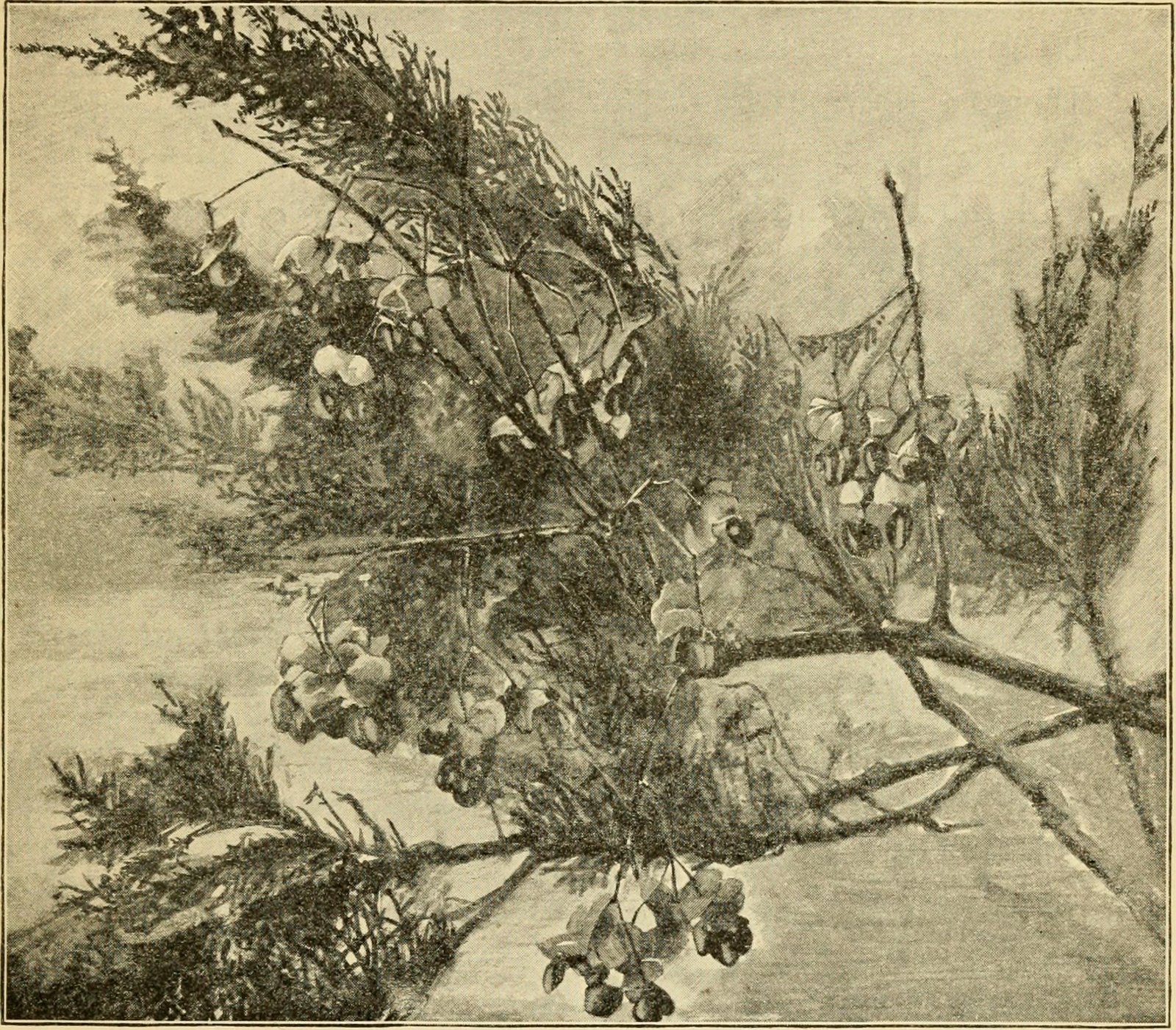
Despite its somber human history, Ōnawe is bursting with life. Indigenous plants like harakeke (flax) and koromiko thrive on its slopes, providing habitat for birds such as tūī and kererū. In spring, the peninsula is adorned with wildflowers, creating a brilliant tapestry of colors. Conservationists work hard to protect these native species, removing invasive plants and encouraging regrowth. The rich waters around Ōnawe teem with fish, dolphins, and occasionally, the splash of a fur seal. Nature here seems to heal and renew itself, reminding visitors of the resilience that follows even the darkest times.
Ōnawe in Māori Oral Tradition
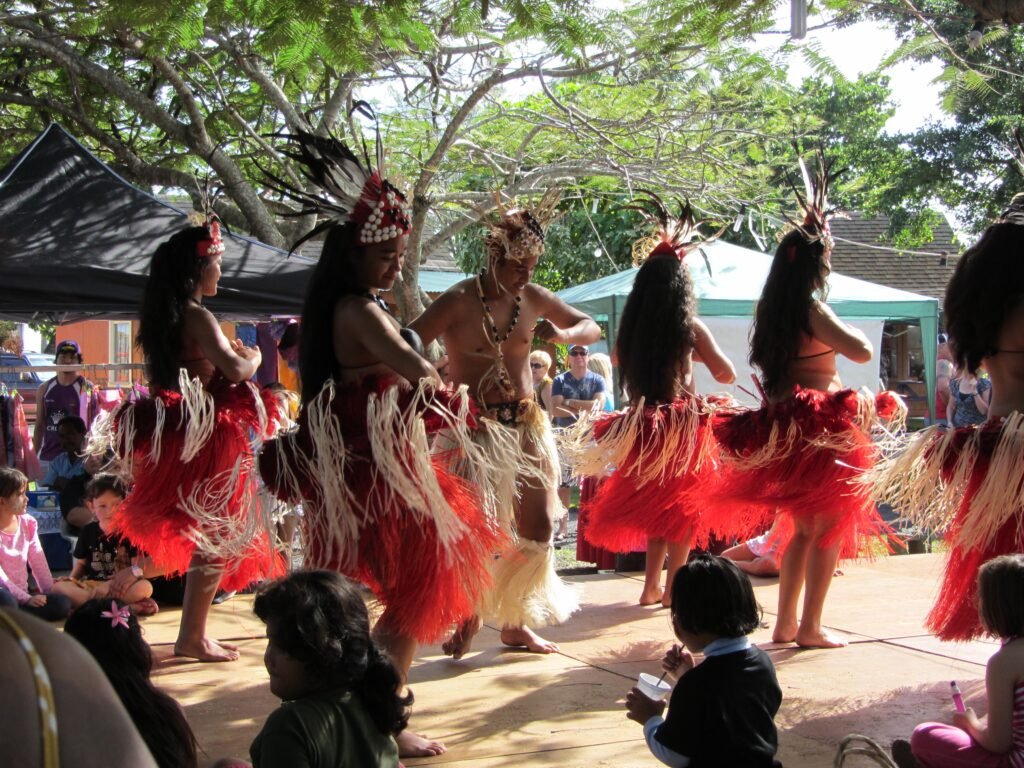
Stories of Ōnawe have been passed down through generations by word of mouth, woven into the fabric of Māori culture. Elders recount tales of bravery and loss, using the peninsula’s dramatic landscape as a backdrop for lessons about courage, loyalty, and the consequences of violence. These oral traditions are more than just stories; they are a way to keep the past alive and guide future generations. For many, sitting on the land and listening to these stories creates a sense of connection that is deeply moving. The richness of the oral tradition ensures that the memory of Ōnawe remains vibrant, not just as a historical footnote, but as a living part of Māori identity.
Modern Protection and Recognition
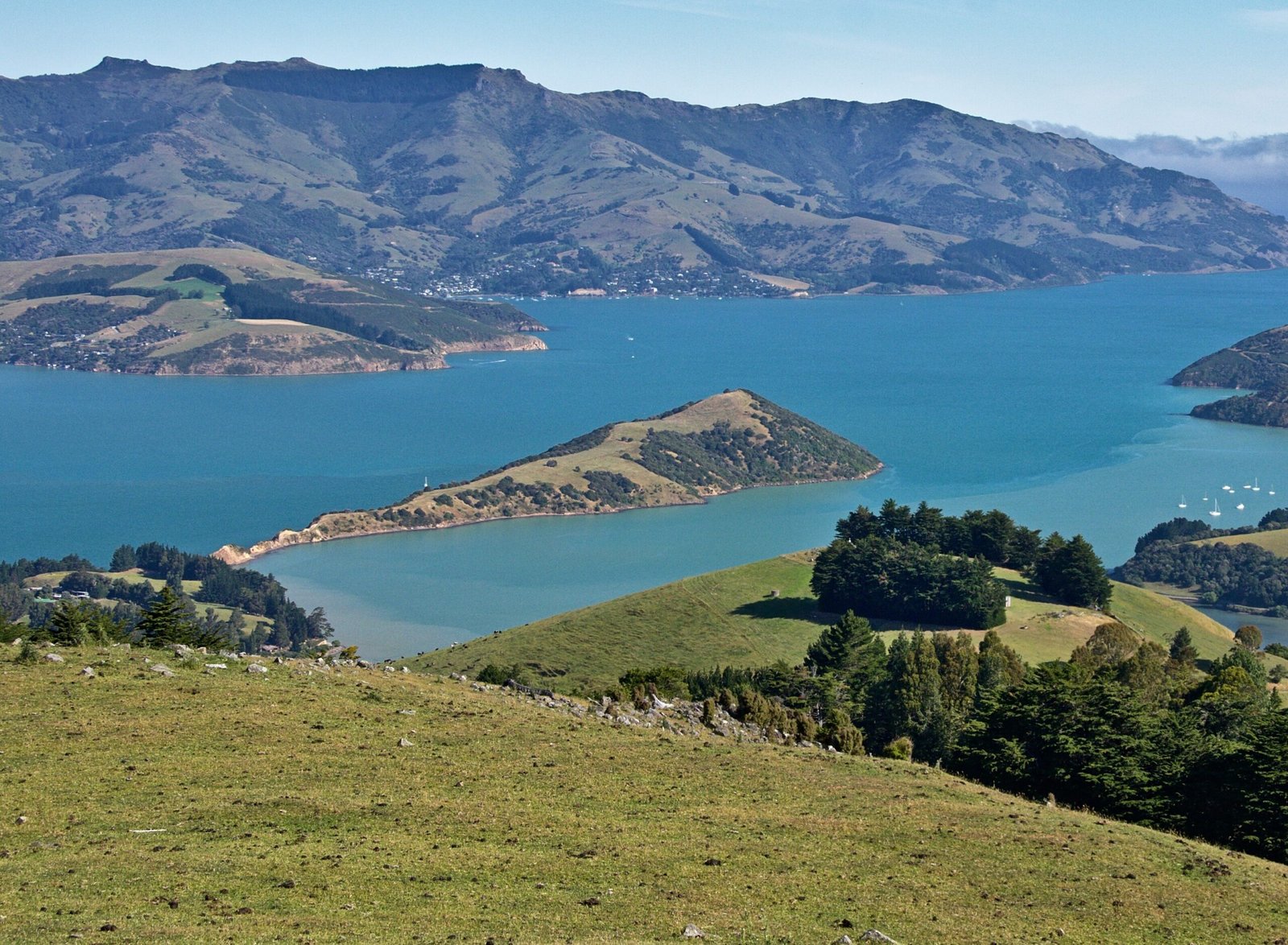
In recent years, Ōnawe has received formal protection as a site of cultural and historical significance. The land was returned to Ngāi Tahu as part of Treaty of Waitangi settlements, acknowledging the wrongs of the past and supporting the iwi’s efforts to care for it. Authorities have placed restrictions on development and encourage educational visits rather than tourism for entertainment. Informational panels and guided walks help visitors understand the peninsula’s importance, without disturbing its peace. The designation as a wāhi tapu ensures that future generations will continue to treat Ōnawe with the respect it deserves.
Scientific Research and Conservation Efforts
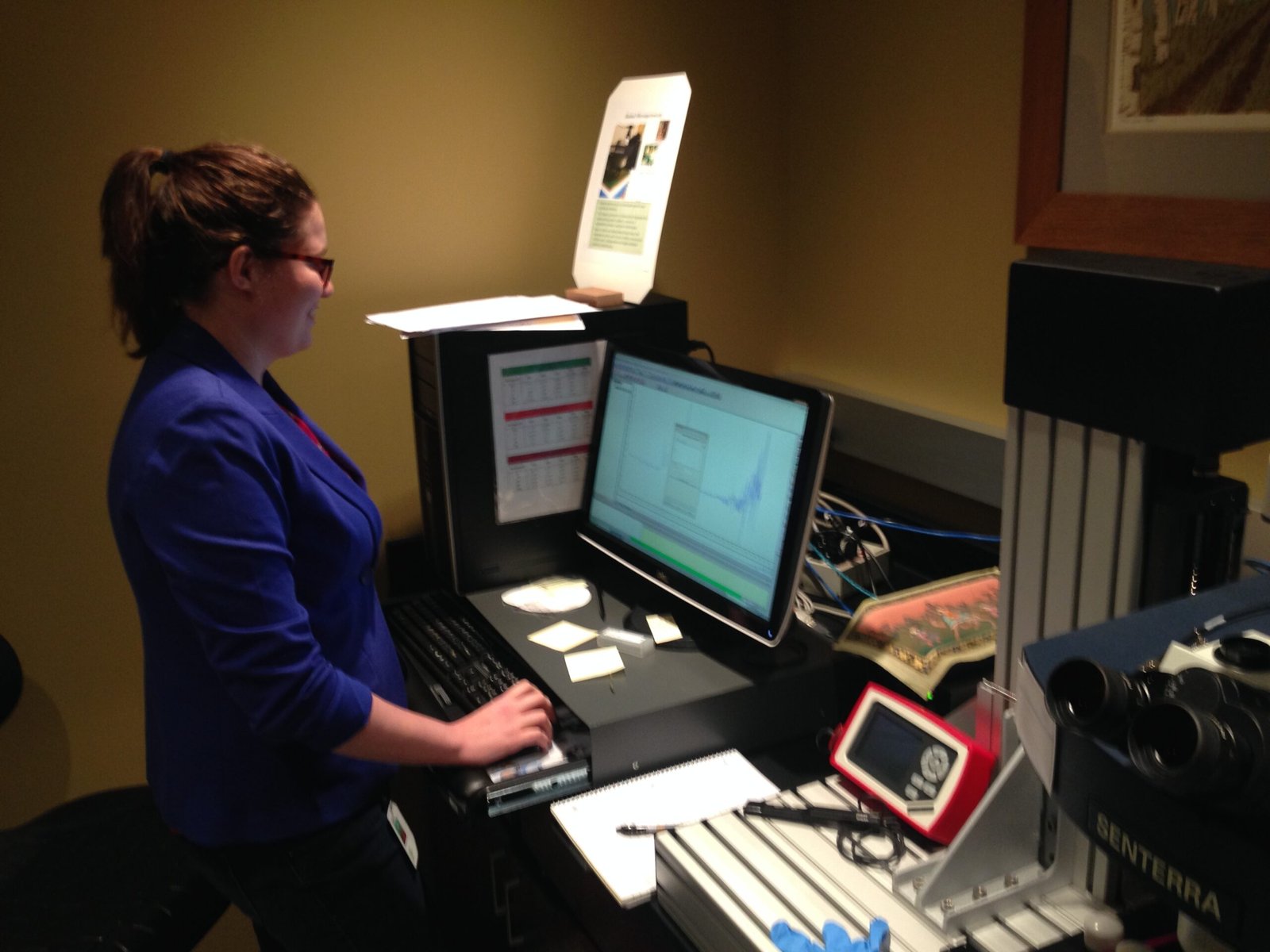
Ōnawe is not just a site of memory, but also of ongoing scientific investigation. Researchers from universities and conservation groups regularly study the peninsula’s ecology, geology, and history. They monitor the health of native plants and animals, looking for ways to restore balance to the ecosystem. Citizen science projects invite locals and visitors to participate in bird counts and planting days, fostering a sense of shared stewardship. These efforts are vital in preserving both the natural beauty and the cultural heritage of the peninsula. The collaboration between scientists and indigenous guardians highlights the importance of working together to protect special places.
Visiting Ōnawe: A Journey of Respect
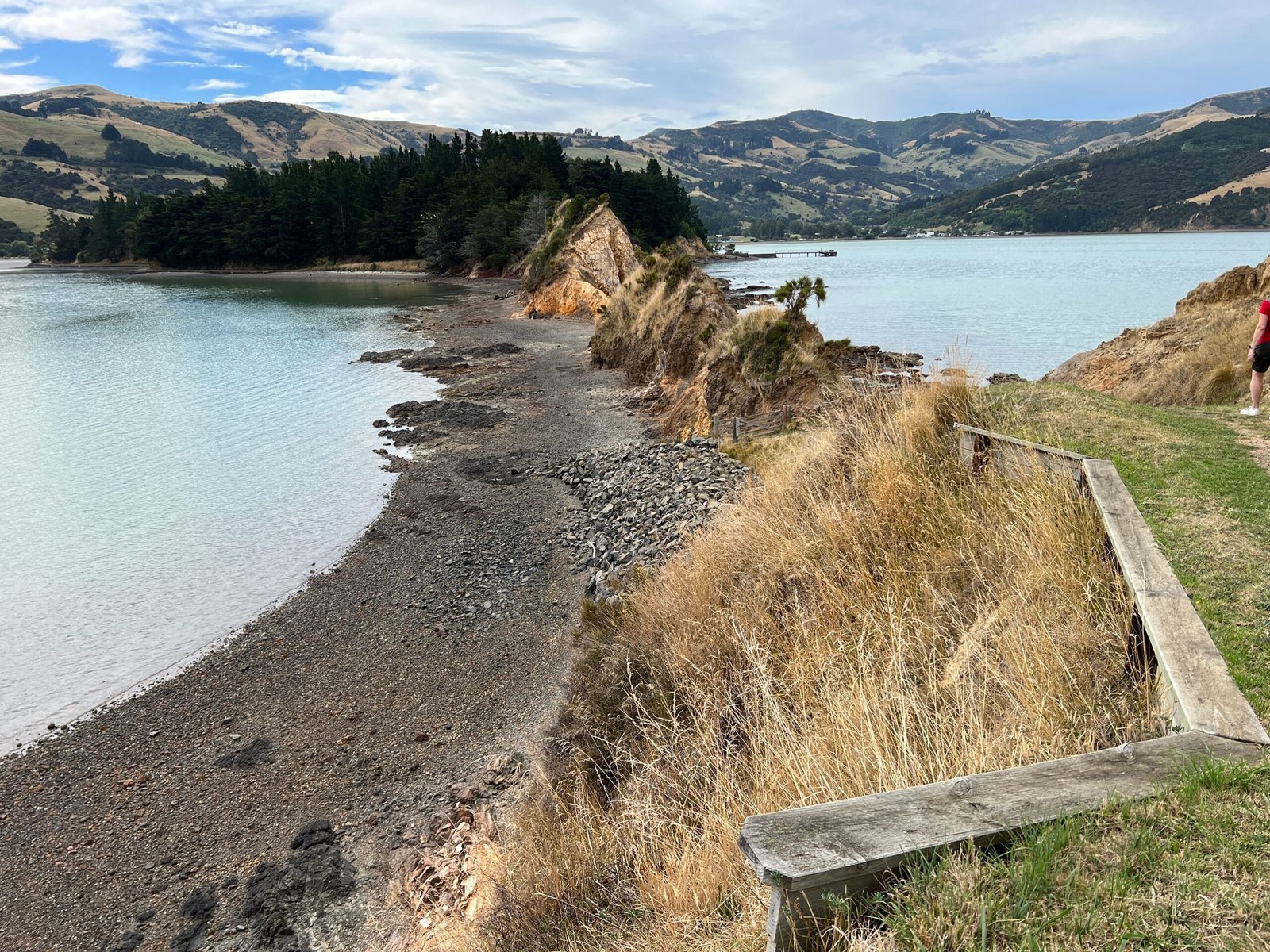
For those who wish to visit Ōnawe, a sense of humility and reverence is essential. Signs at the entrance remind visitors of the site’s sacred status, and many choose to walk quietly, taking in the sights and sounds without disturbing the land. Guided tours led by local Māori experts provide deeper insights into the peninsula’s history and significance. Photography is allowed, but visitors are asked not to take anything from the site or leave any trace behind. The experience of walking here is often described as haunting yet beautiful—a reminder that every step is taken on ground shaped by both nature and human hands.
Lessons from Ōnawe: Memory, Healing, and Hope
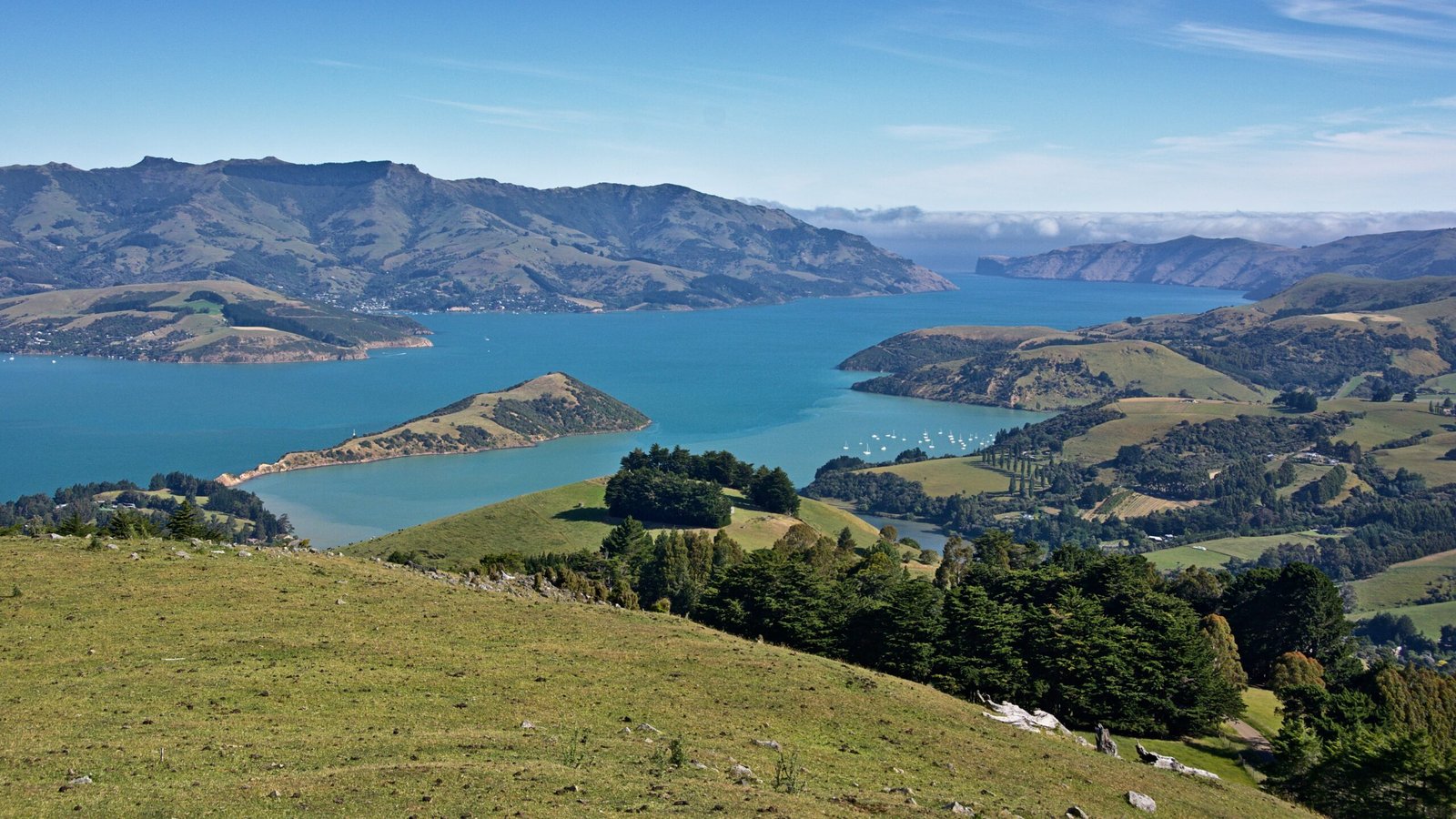
Ōnawe Peninsula stands as a testament to the enduring power of memory. Its cliffs and coves hold the stories of joy and sorrow, reminding us that landscapes are more than just scenery—they are living records of our collective journey. The tragedy that unfolded here was devastating, yet the ongoing acts of remembrance and restoration show the strength of the human spirit. Every visit, every story told, and every seed planted is a small act of healing. The peninsula asks us to remember, to honor, and to care for the places where history and heartache meet. What story would the land tell if you listened closely?



